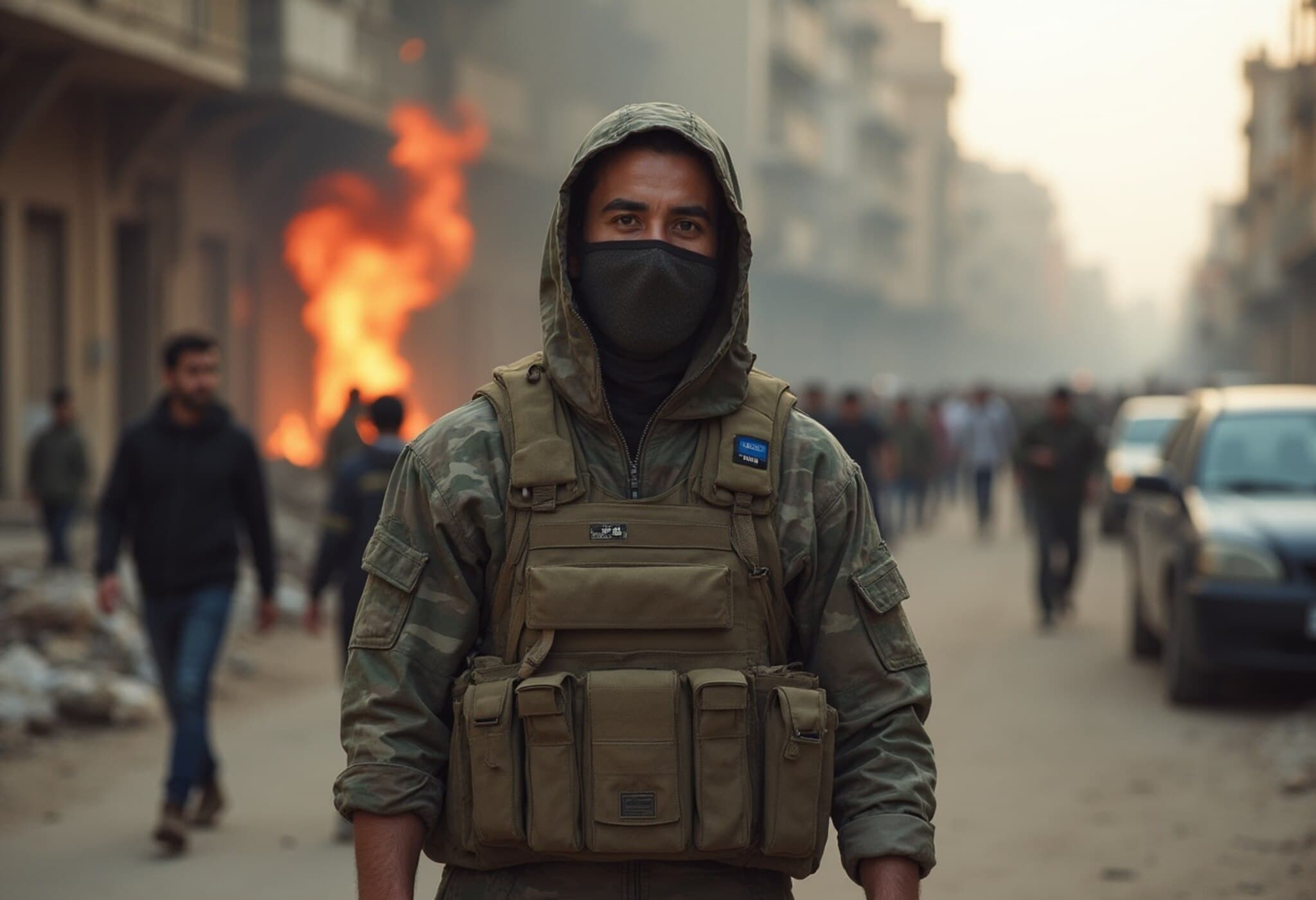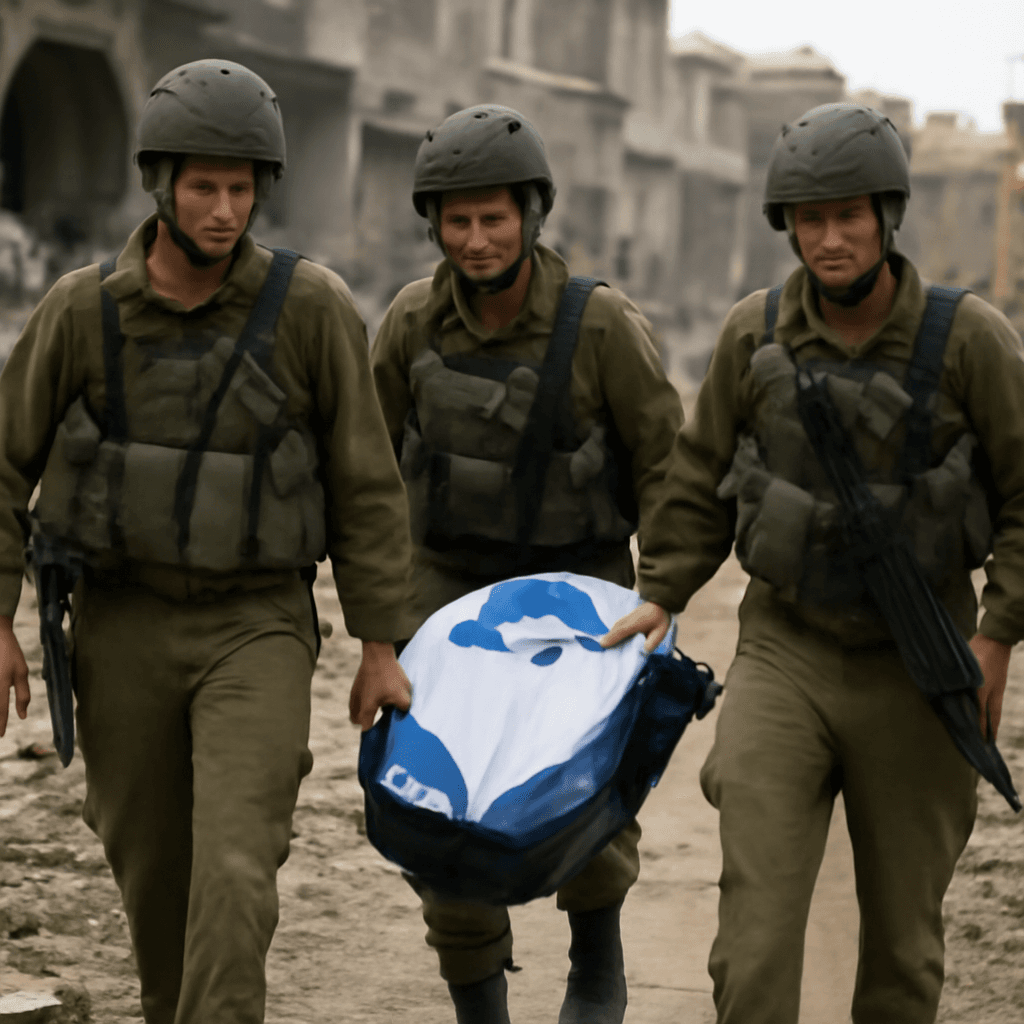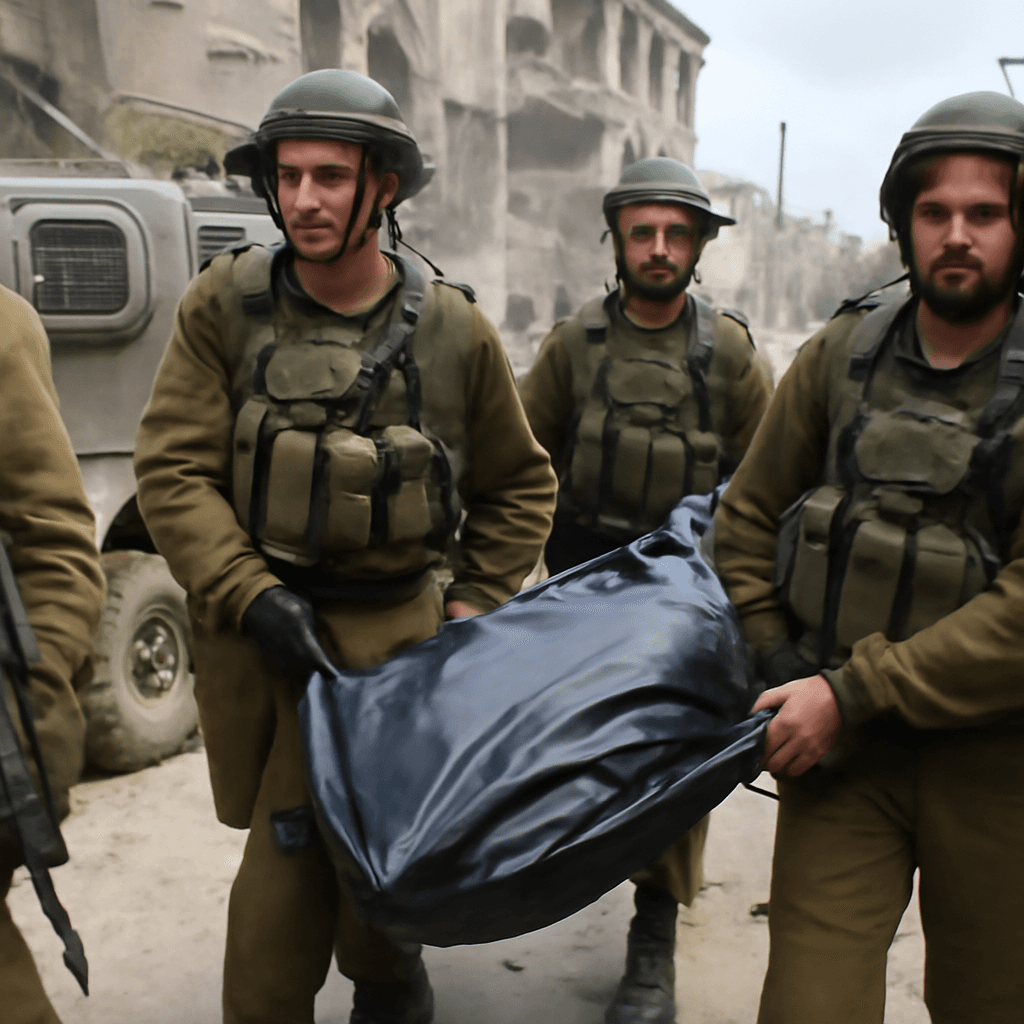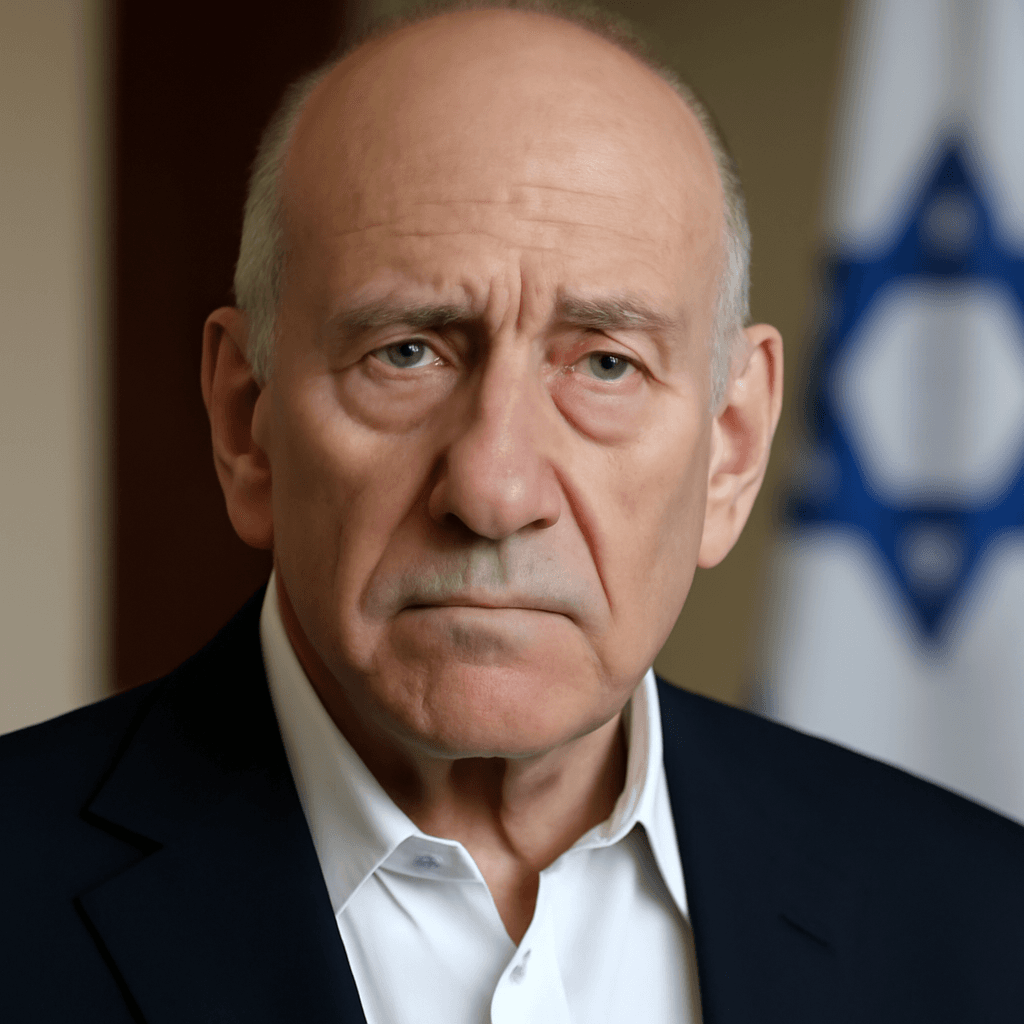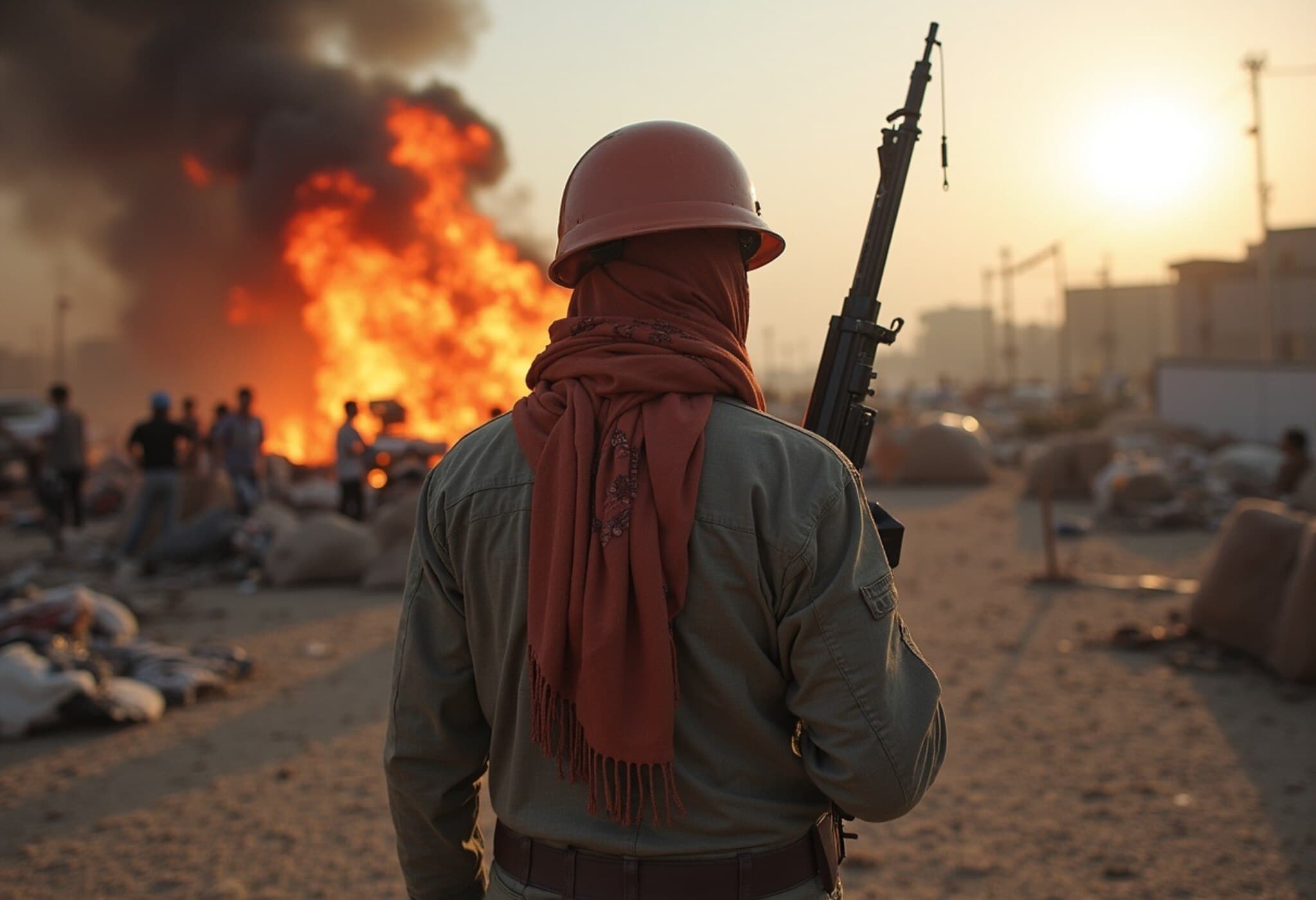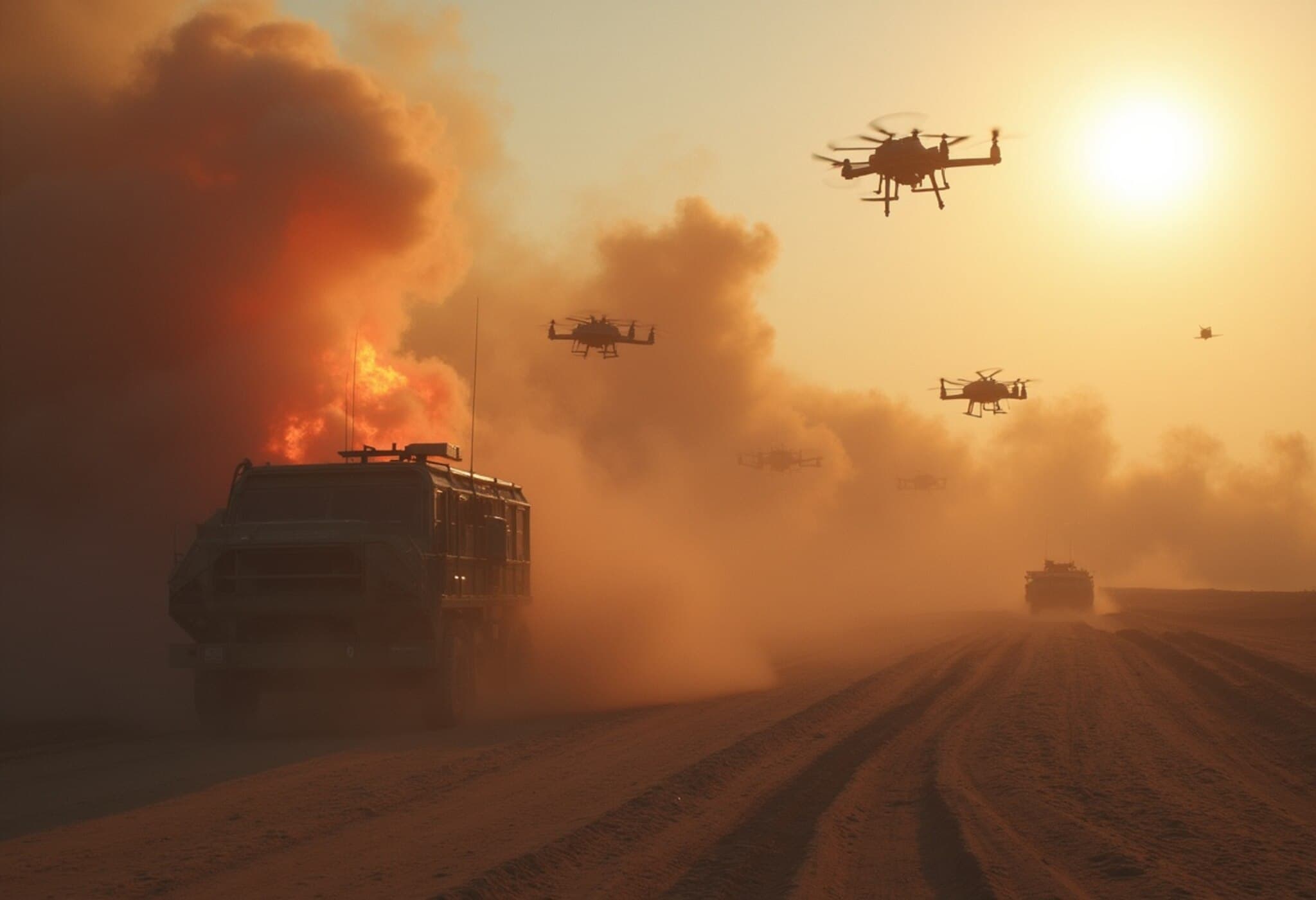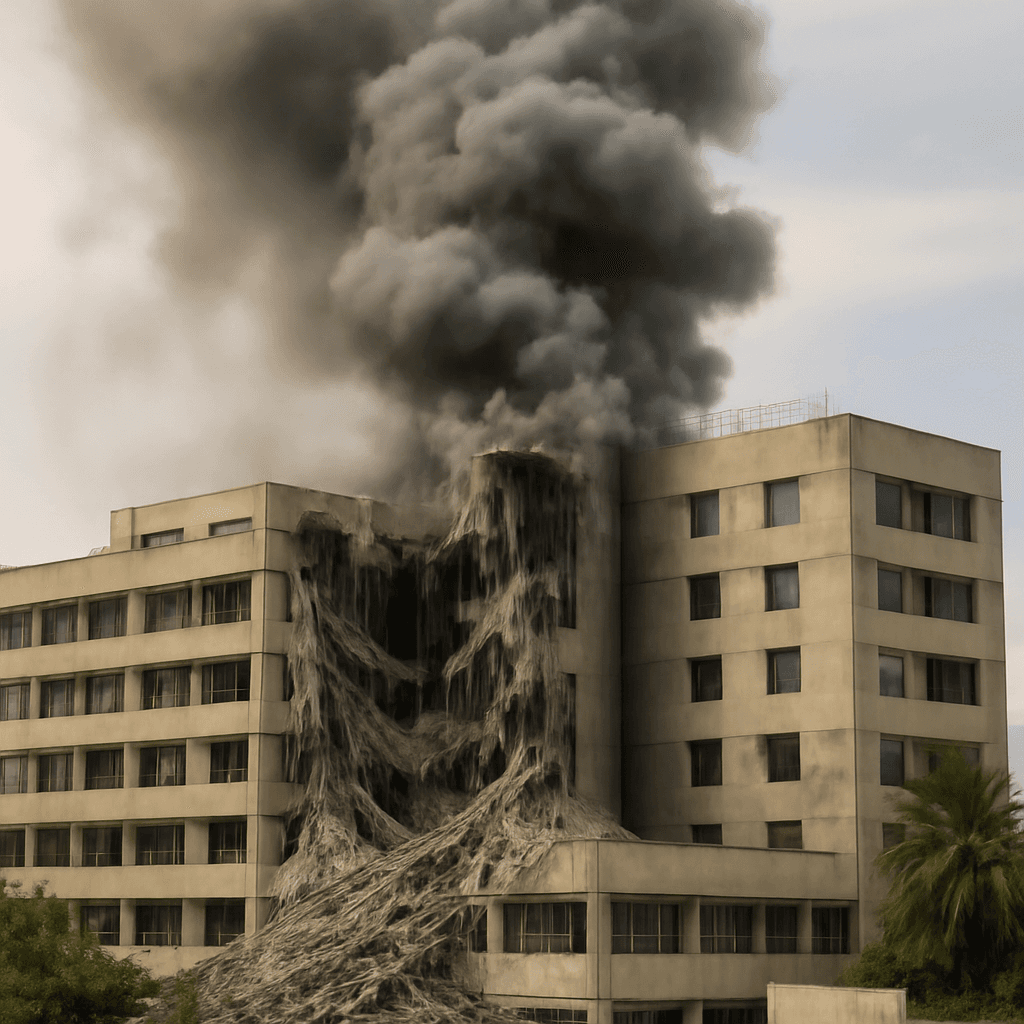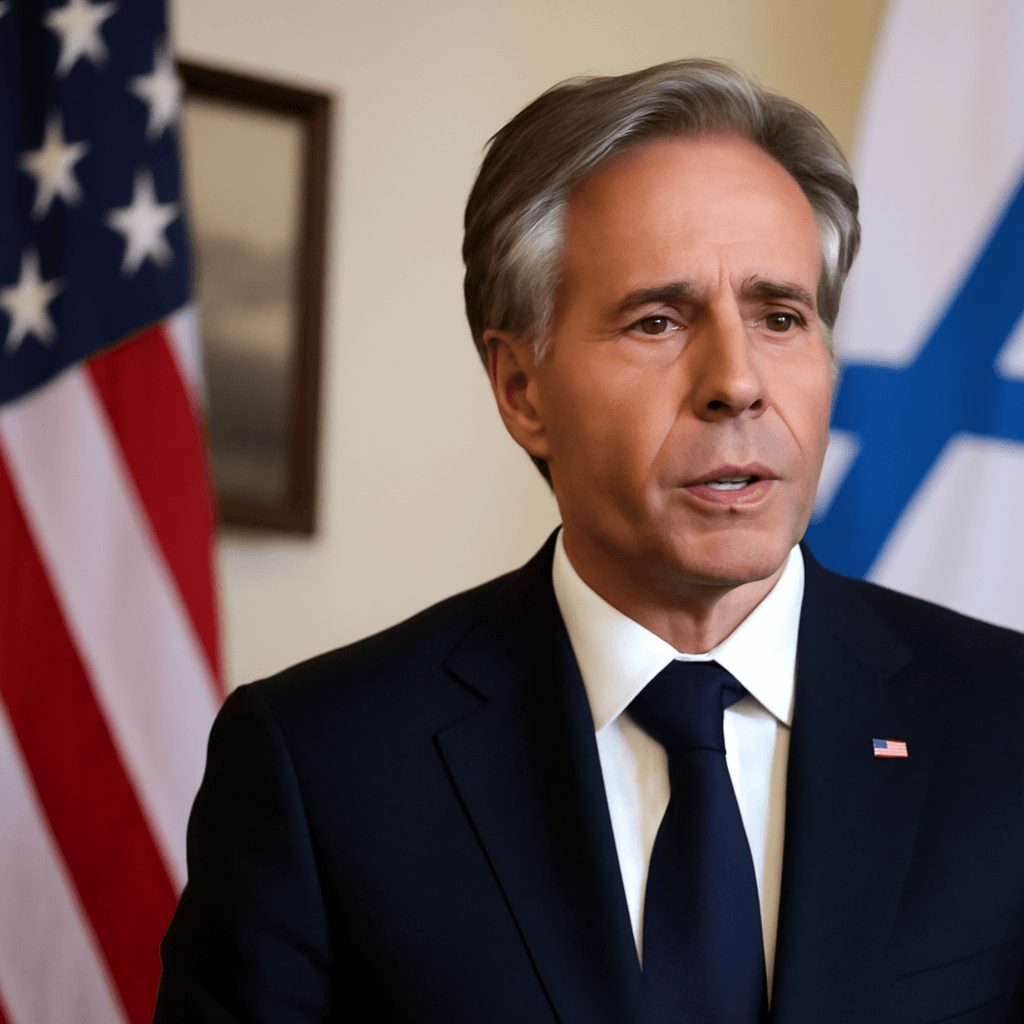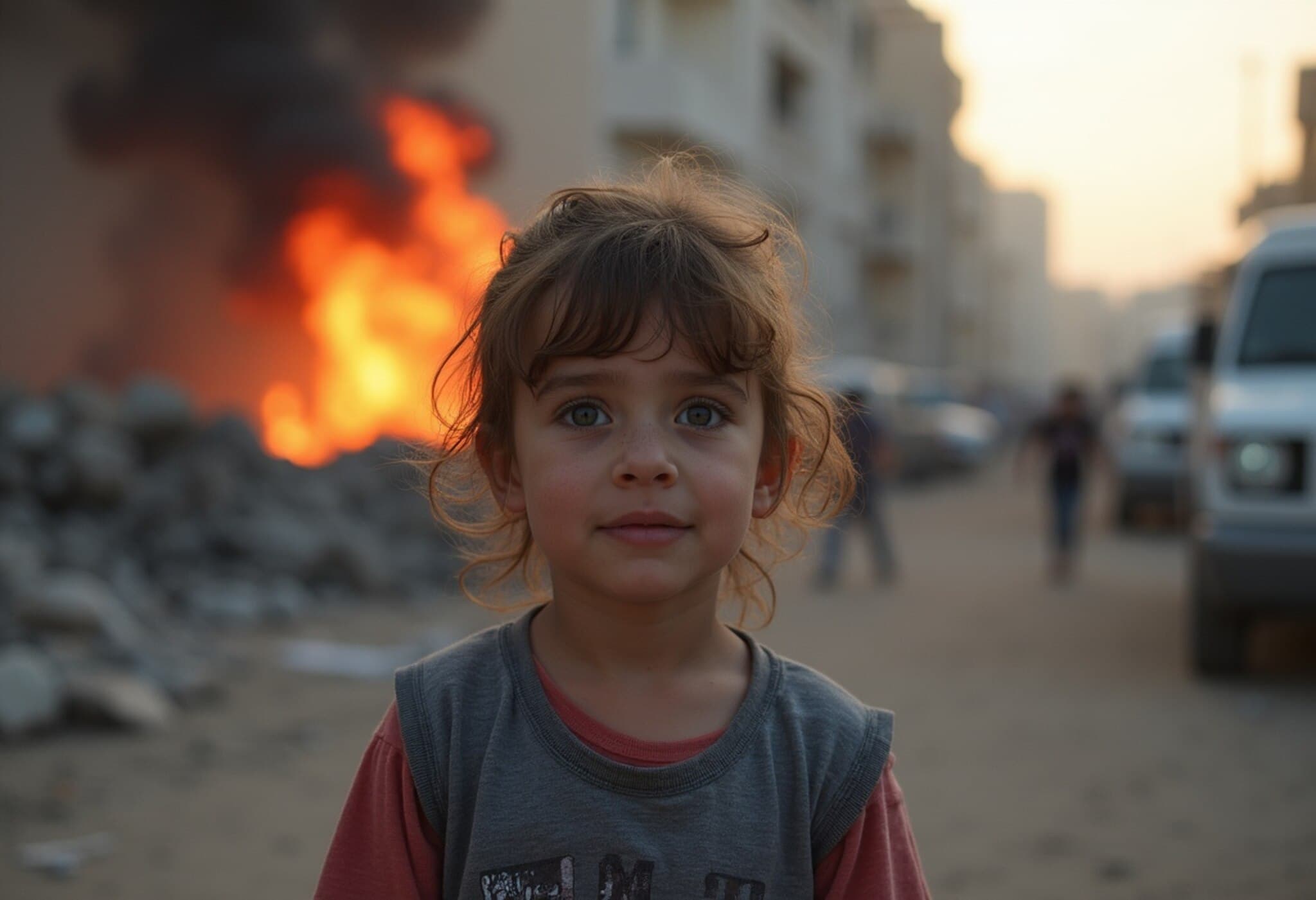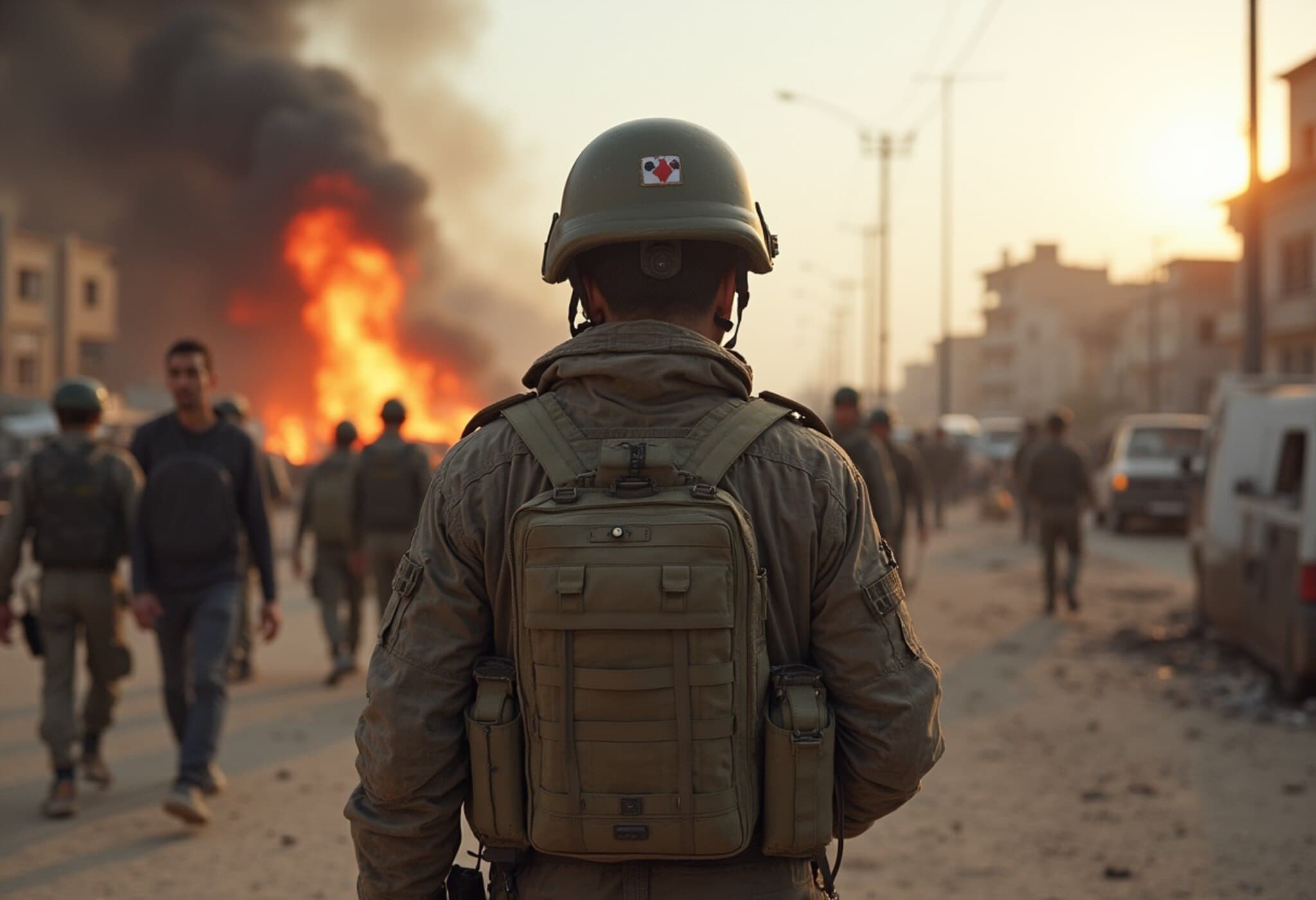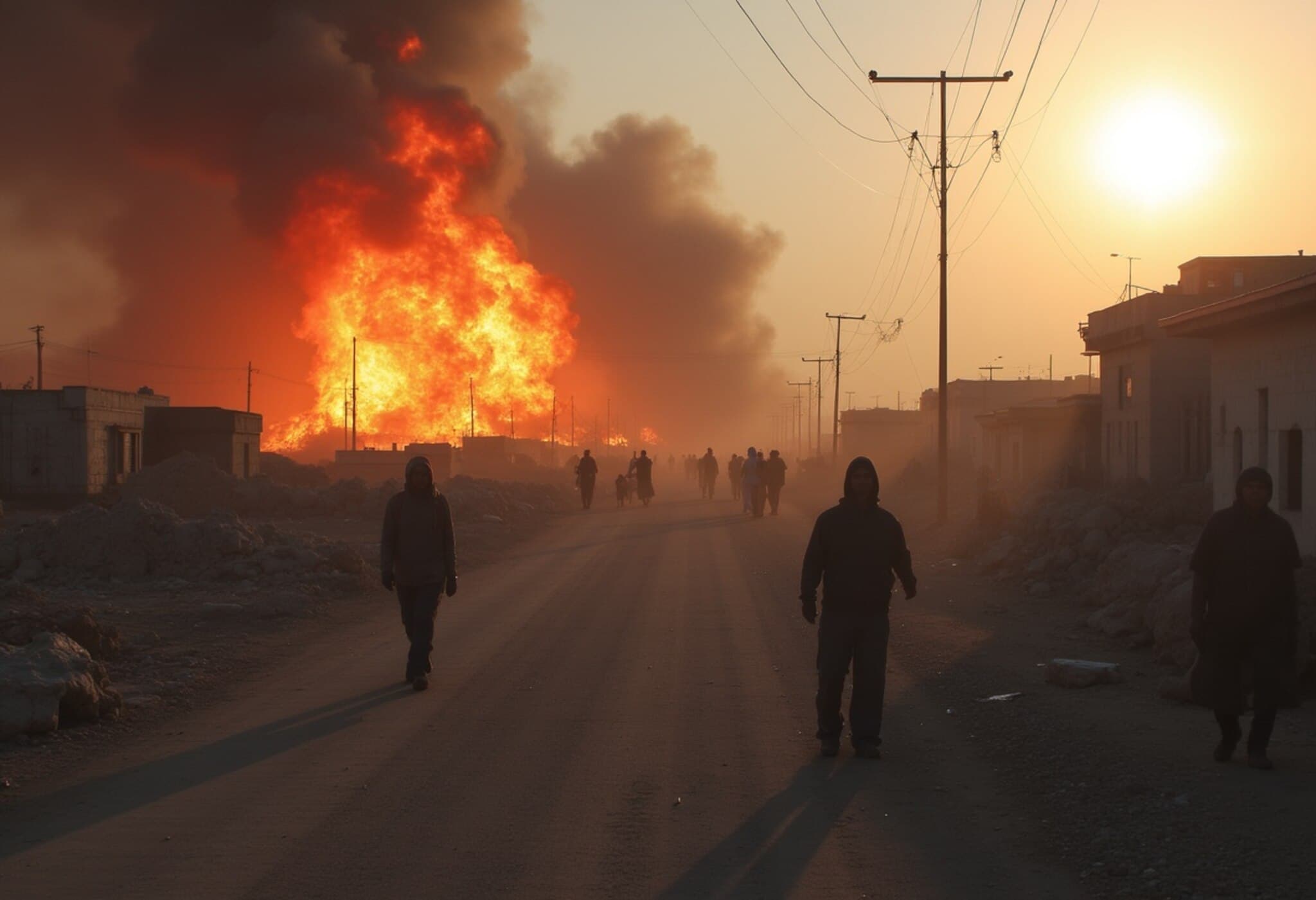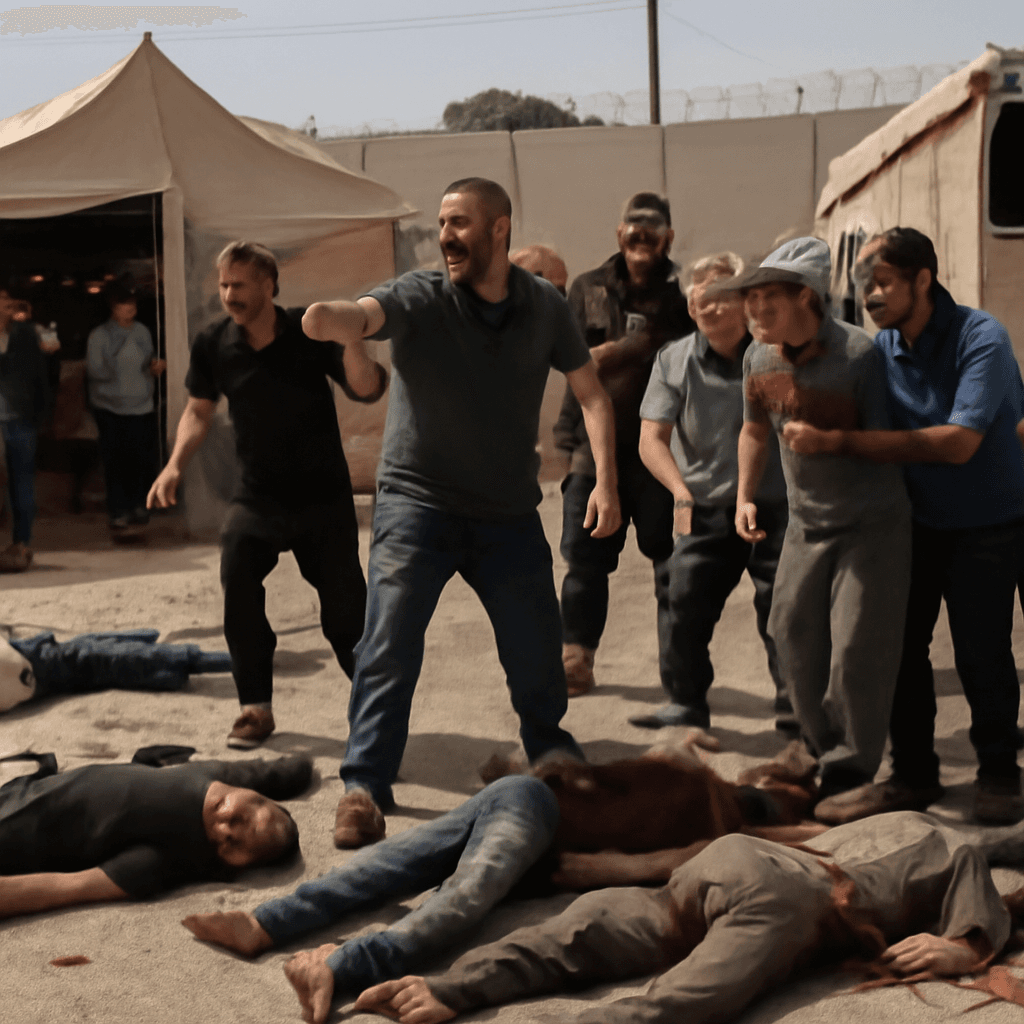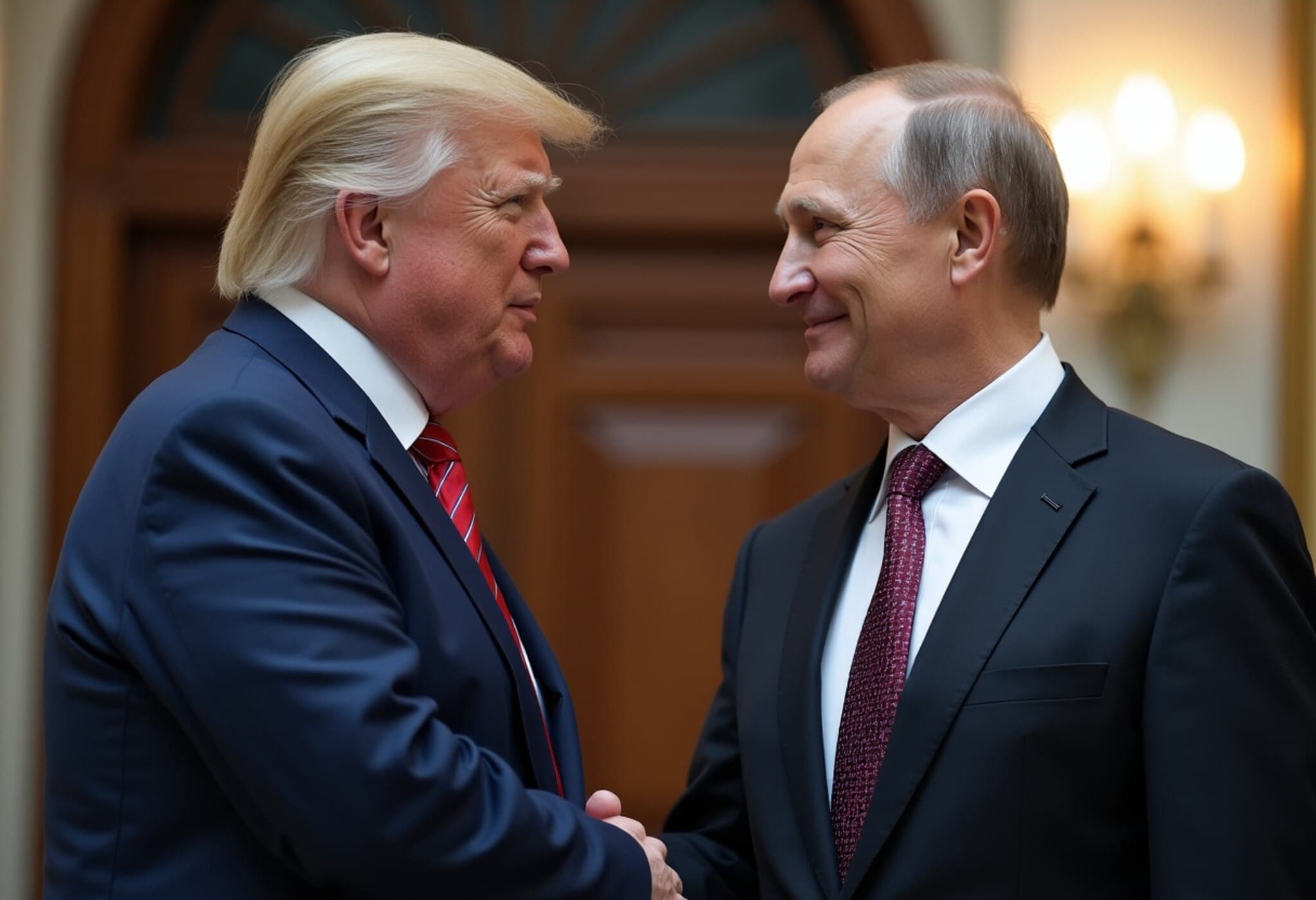Israel Targets Militants Disguised as Aid Workers in Gaza Airstrike
On August 14, 2025, Israeli defense forces released video footage capturing the moments before a precision airstrike eliminated militants in Gaza who were reportedly disguised as US kitchen aid workers. This operation highlights the complex and dangerous nature of urban conflicts where combatants exploit humanitarian cover.
Details of the Airstrike and Its Context
The Israeli military identified the suspects as armed militants operating under the guise of international aid personnel. According to official statements, the militants were attempting to use humanitarian cover to evade detection, raising serious concerns about the security of aid workers in conflict zones. This tactic not only endangers civilians but also jeopardizes the vital work of genuine humanitarian organizations.
- Timing: The airstrike occurred early morning, a time typically considered for reduced civilian activity, aiming to minimize collateral damage.
- Visual Evidence: The released footage shows militants preparing to carry out operations dressed inconspicuously, emphasizing the deceptive methods employed.
- Security Implications: The incident raises questions about how combatants exploit humanitarian operations, complicating aid delivery in Gaza.
Broader Implications for Humanitarian Operations
Disguising fighters as aid workers undermines the trust essential for delivering humanitarian assistance. For international aid agencies operating in conflict regions like Gaza, this creates a perilous environment where genuine aid workers face increased suspicion, violence, and operational restrictions. It also challenges established legal protections under international humanitarian law.
Experts highlight that such incidents could disrupt aid flows, leading to worsened humanitarian crises, and urge the international community to strengthen safeguards for humanitarian personnel. Furthermore, they caution against the politicization of aid that jeopardizes neutrality and safety.
Expert Commentary and Regional Impact
Dr. Dana Hirschfeld, a Middle East security analyst, notes, “The blending of militant actors with humanitarian profiles complicates not only military tactics but deepens the crisis for civilians depending on aid. It’s vital that all parties respect humanitarian principles to prevent further suffering.”
From a US perspective, the misuse of symbols associated with American aid raises concerns about protecting the integrity and reputation of US humanitarian initiatives globally.
What’s Next?
The Israeli military has vowed to continue targeting armed groups exploiting civilian disguises, but this incident prompts larger questions:
- How can humanitarian organizations navigate growing security threats without compromising their mission?
- What measures can the international community enforce to prevent the militarization of aid roles?
- How might this affect diplomatic relations and peace efforts in the region?
Understanding and addressing these challenges remains critical to protecting innocent civilians caught between conflict and aid operations.
This incident underlines the growing complexity of modern warfare and the thin line between combatants and humanitarian actors in conflict zones. The exploitation of humanitarian identities not only jeopardizes immediate security but threatens the long-term efficacy and safety of aid programs worldwide. Readers are encouraged to consider the wider implications for international law, humanitarian protections, and the ethical responsibilities of all parties engaging in conflict areas.

